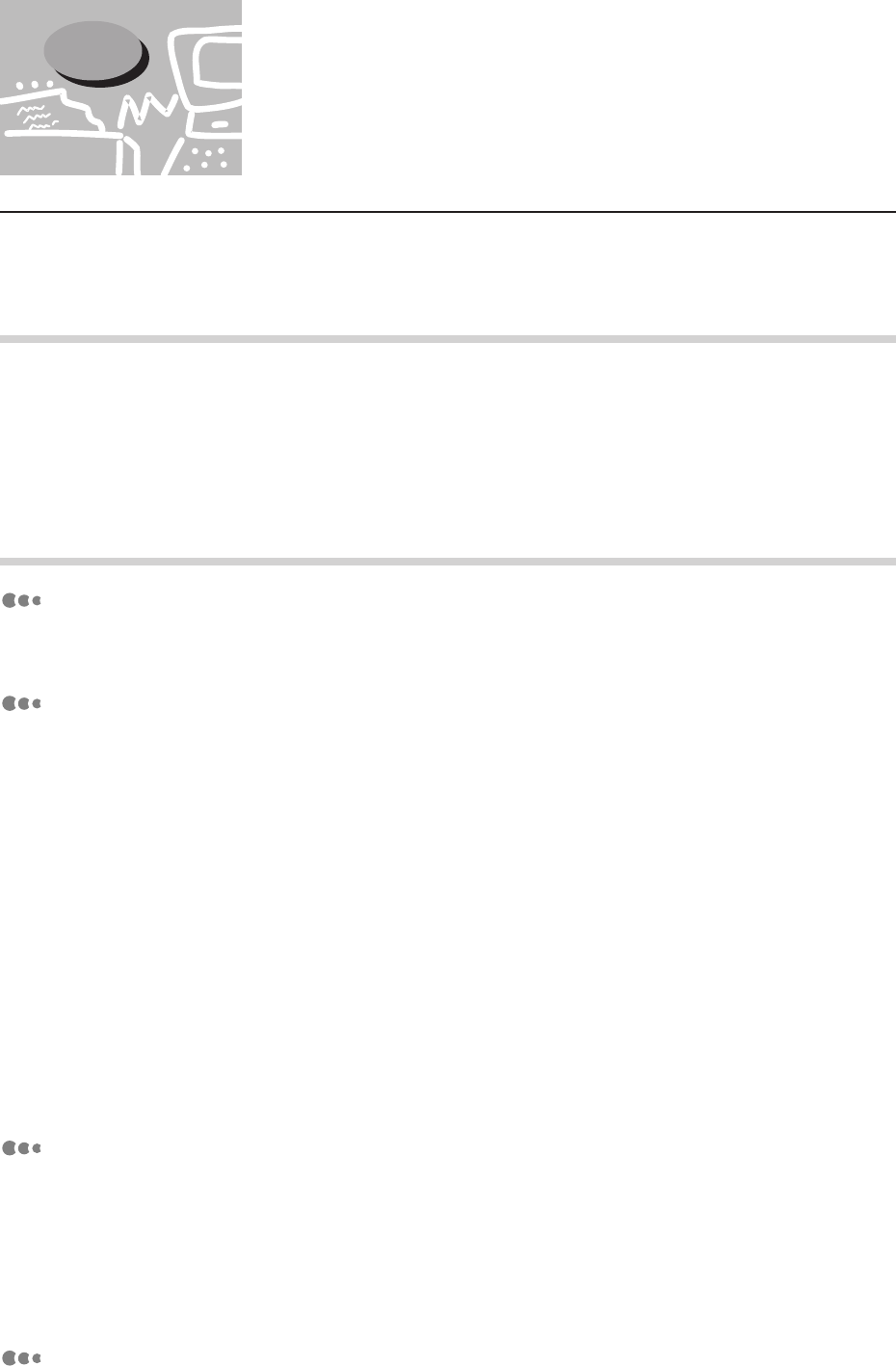
28
2
This section explains how to allocate memory.
2.2.1 Uses
Memory is meant for the following uses:
• System
• Receive buffer
• Page buffer
• PCL memory
2.2.2 Suggested Values
System use
Area used by the printer system, with the capacity remaining unchanged.
Receive buffer use
A receive buffer is prepared for each of the multiple ports so as to receive data from
the ports. The various types of buffer are as follows:
• Parallel receive buffer
• SMB spool
• LPD spool
• IPP spool
• NetWare receive buffer
• AppleTalk receive buffer
When you are not using the parallel interface, stop the port, and allocate memory for
other uses.
For the NetWare receive buffer, the default value is usually sufficient.
For the AppleTalk receive buffer, it is recommended that as many areas are
maintained as possible.
Page buffer use
Area for drawing the actual print image. It is possible to allocate this area from the
remaining area after all the other uses have been allocated. To confirm the page buffer
capacity, print the Printer Settings List and then check the page buffer capacity. If the
page buffer is too small, it will affect the performance and 2 sided printing may be
rejected.
PCL memory use
Area for the use of PCL. This memory is used to store the interim data for creating the
print image. By increasing the memory capacity, the printing speed may be increased.
The memory capacity is 2.50 to 32.00 MB in increments of 0.25 MB. The default is
5.0 MB.
2.2 Memory Allocation


















